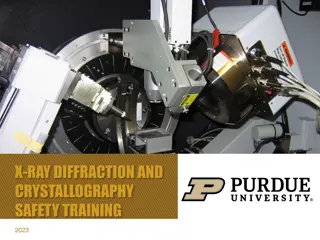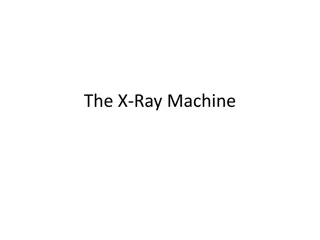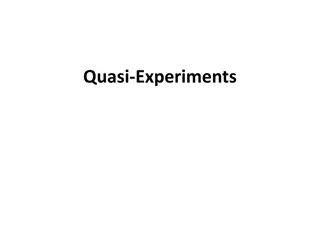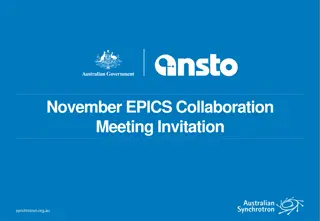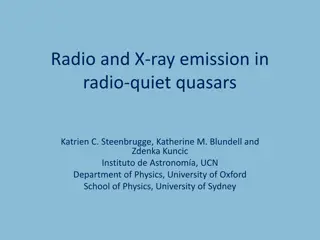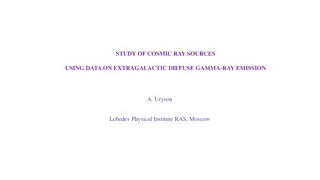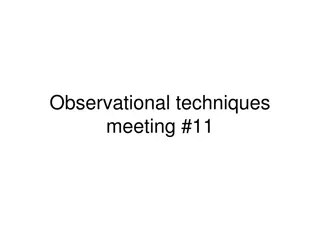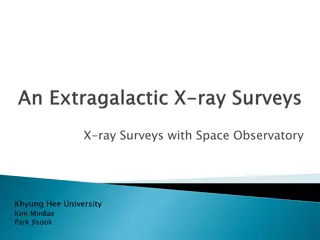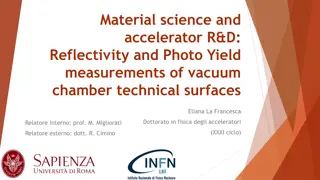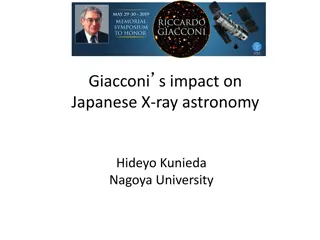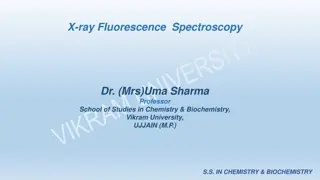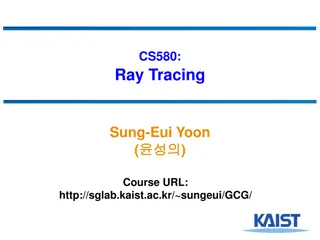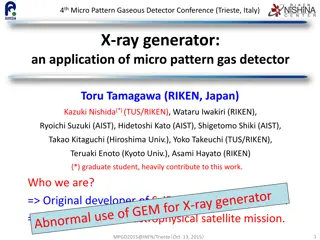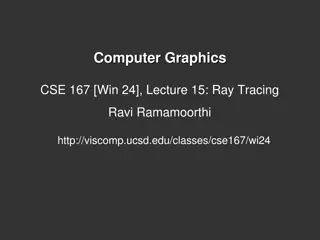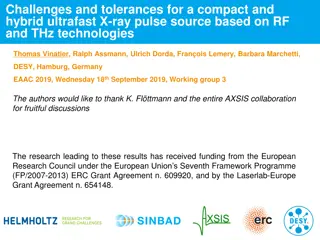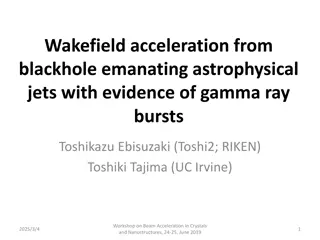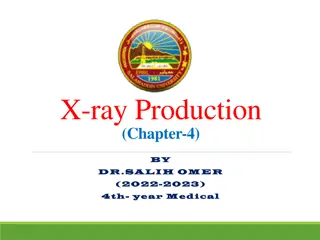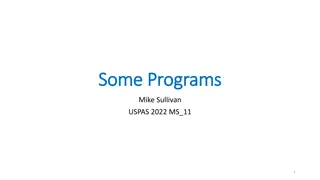Automating X-ray Pair Distribution Function Experiments for Non-Synchrotron Experts
Efficiently targeting PDF users who are not synchrotron experts, this project aims to automate experimental execution using ISPyB and SynchWeb. With a focus on defining experimental conditions, database changes, and target parameters, the goal is to streamline the process from data collection to processing.
Download Presentation

Please find below an Image/Link to download the presentation.
The content on the website is provided AS IS for your information and personal use only. It may not be sold, licensed, or shared on other websites without obtaining consent from the author.If you encounter any issues during the download, it is possible that the publisher has removed the file from their server.
You are allowed to download the files provided on this website for personal or commercial use, subject to the condition that they are used lawfully. All files are the property of their respective owners.
The content on the website is provided AS IS for your information and personal use only. It may not be sold, licensed, or shared on other websites without obtaining consent from the author.
E N D
Presentation Transcript
Experimental Definition in SynchWeb for XPDF Tim Spain ISPyB meeting 2018-01-31
XPDF on I15-1 Dedicated X-ray Pair Distribution Function beamline Targetting PDF users who are not synchrotron experts Using ISPyB and SynchWeb to drive eventual automated experiments
Goals and targets Experimental definition in SynchWeb Automatic experimental execution by GDA from the ISPyB database Storage of metadata from the beamline to the database Automatic processing of the data on the Diamond compute cluster Materials and shapes of the target components Data and metadata from the DB Storage of the processing metadata to the database
Defining target parameters Need to subtract (best estimate of) radiation scattered by everything that is not the sample Composition Shape and size Concept of what surrounds what Streamality
Defining experimental conditions Beamline energy Exposure time Detectors, including position and roll Close PDF Detector Distant Bragg Detector Detector properties (composition, thickness) Environmental conditions Parameters scanned over Order of scanning for multiple parameters
SynchWeb changes Aim for commonality with current MX design New workflow to define samples and experiments Currently sub-optimal, according to beamline staff Making Crystal rows visible and editable Build Crystals (samples1) from Proteins (phases) Make BLSamples (instances) Wrap sample instances in container instances Whole new page for defining all the experiments to be run on a container (sample changer) 1XPDF terminology in italics
Sample definition Protein (phase) Crystal (sample)
Sample definition Instance
Future work Defining Data Collections for XPDF Extracting metadata and data locations for processing Storing processing results in the database Retrieving processed results Displaying raw data in SynchWeb Displaying processed data in SynchWeb
Database needs Experimental results XPDF processing results Autoprocessing fields Derived from AutoProc tables?
Summary Experimental definition complete Display of Data Collections should be generic Define functions to retrieve metadata for processing Partially complete Storing and retrieving processing results needs investigating Processing algorithm not yet finished


